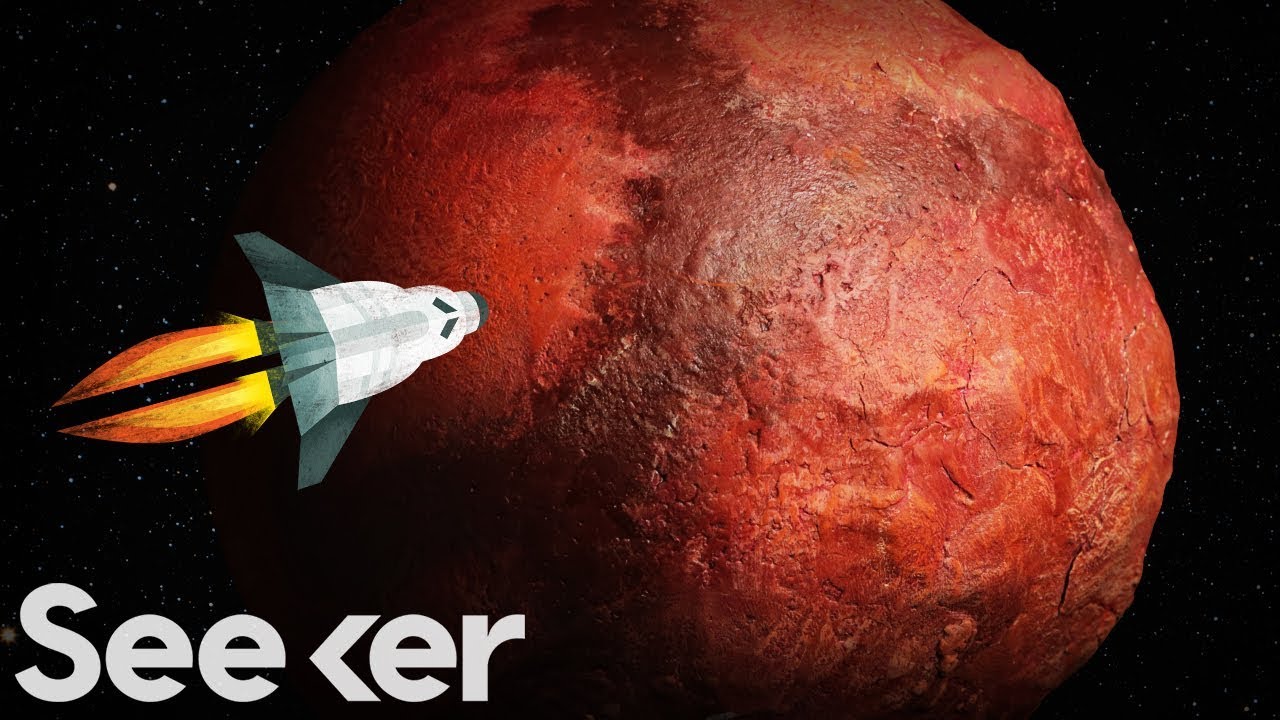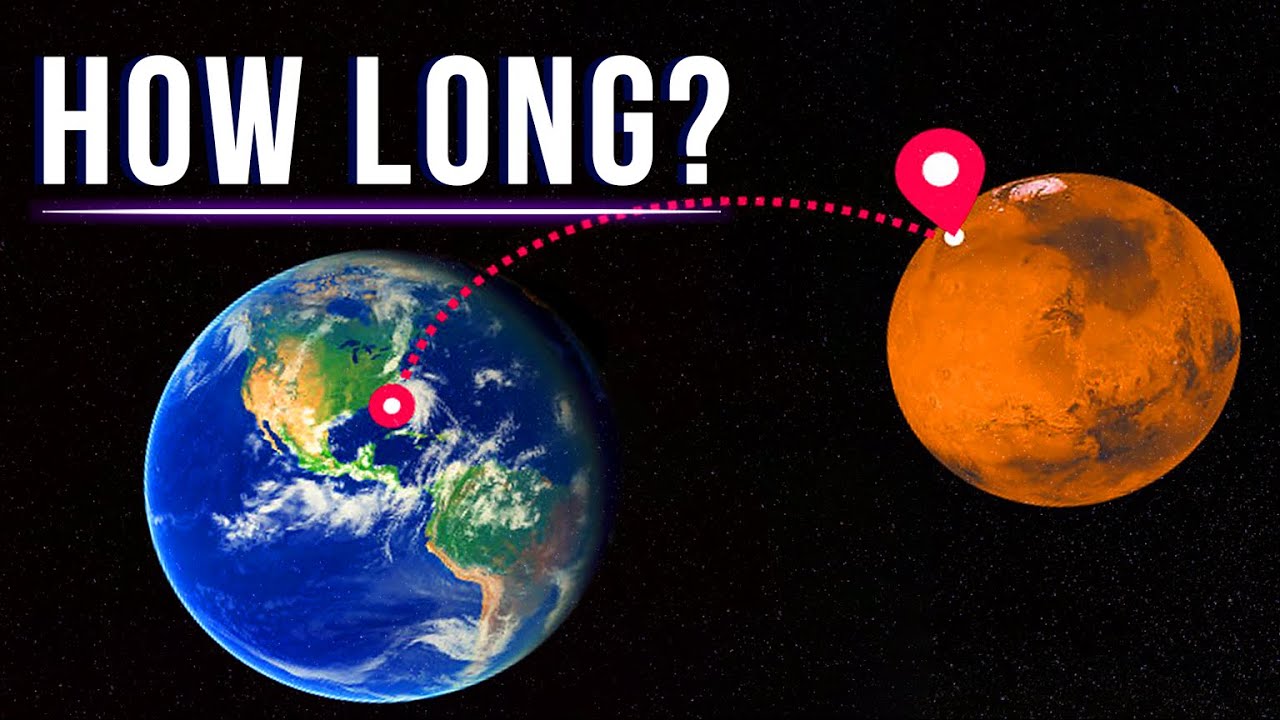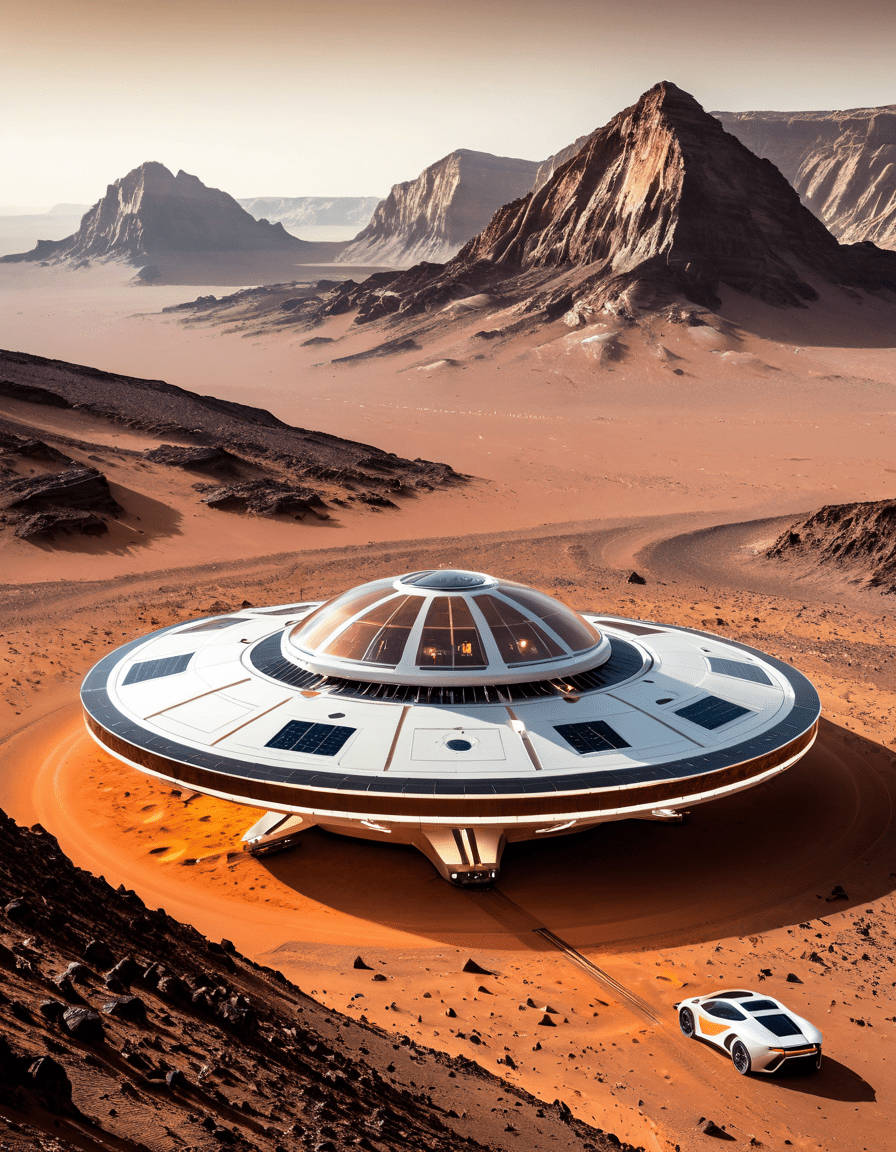The age-old question of how long would it take to get to Mars tickles not just the brains of scientists but also the hearts of dreamers and fashionistas alike. Imagine zipping through the cosmos, past shimmering stars, and arriving at the Red Planet ready to forge a new destiny. Well, hold on to your designer hats, darling, because the timeline for such cosmic escapades is rooted in complex science combined with wondrous ambition. Typically, with today’s technological marvels, a journey to our neighboring red wonder could span six to nine months, depending upon certain variables. The renowned NASA’s Perseverance Rover had its moment in the sun and took about seven months to manifest on Martian turf, providing a template for future escapades as audacious as any runway show.

How Long Would It Take To Get To Mars with Current Technology?
Traveling to Mars is a remarkable feat of engineering and human ingenuity. The time it takes to reach the Red Planet varies significantly based on several factors, including the spacecraft’s technology, the orbits of Earth and Mars, and the chosen trajectory. On average, current missions utilize a Hohmann transfer orbit, which takes approximately six to nine months to cover the distance. In contrast, NASA’s Perseverance Rover took around seven months to reach Mars, highlighting realistic timelines for future missions.

Crafting the Perfect Journey: Top 5 Examples of Proposed Missions
Let’s not sip our cocktails too lightly, though, because missions to Mars are for heavy hitters. Here are the showstoppers you need to know:
This dazzling initiative brings us back to the Moon as a stepping stone for future Mars missions. Designed for sustainable exploration by the 2030s, it’s the ultimate testing ground for technology that could gracefully shorten our travel times to Mars.
With Elon Musk leading the charge, SpaceX aims to whisk humans to Mars with a timeline that could be as short as three months. This ambitious plan uses the starship’s sustainability and pioneering propulsion systems to fast-track humanity’s red rock rendezvous.
A mission with flair! Designed to bring Martian samples back to Earth, it showcases technology that may inspire even faster transit options while allowing deeper exploration of Mars. Imagine the fashionable discoveries this could unearth!
Launched in July 2020, the Hope Probe set a precedent by completing its journey in about seven months. This mission emphasizes collaboration in space exploration and proves that rising countries are ready to strut their stuff on the interplanetary stage.
Picture this: a whimsical blend of robotics and human interaction aimed at optimizing safety and cutting down the psychological strain of long journeys. It’s not just about the destination; it’s about a well-styled journey to get there!

The Complex Calculus of Time: Factors Influencing Mars Travel Duration
You didn’t think we could just hop on a spacecraft, did you? Several factors play more than just an accessory role in our travel tales:
Oh la la! Perfect alignment between Earth and Mars happens roughly every 26 months. These delicate dance steps of celestial bodies can either facilitate a swift trip or throw a wrench in the works.
The summer breeze offers skimming suggestions, but our spacecraft need to reach speeds of up to 38,000 miles per hour. Yet, achieving and maintaining such speeds? Now that’s where the engineering gossip really begins.
It’s all about comfort on this whirlwind. Longer durations mean we need additional life support resources. This can factor in the spacecraft’s size, ultimately affecting our speed and travel time—talk about logistical chic!

Tech Innovations: How Speeding Up Space Travel Aligns with Other Fields
Now, it isn’t just cosmic dreamers whipping up dazzling innovations. Think of the strides in Tesla’s electric vehicles, which aim to make earthly jaunts faster and more sustainable. Just as SpaceX seeks to revolutionize space travel, other industries are also experiencing seismic shifts. The tech and fashion revolutions feel akin to striding down the runway in Zara Larsson-inspired suedes, boasting the same principles of efficiency to tackle our time-consuming habits.

The Broader Implications of Human Exploration on Mars
But what’s all this interstellar gossip if it doesn’t give us serious content for coffee talk? Landings on Mars symbolize far more than mere travel, darling—they stand for humanity’s dreams, hopes, and downright audacious ambitions. Picture nations investing in explorations like some kind of cosmic MrBeast venture. Wealth reportedly hit over $100 million, mirroring the financial enthusiasm aimed at expanding our boundaries—even on foreign planets!
What If We Crossover—Mars Mission Influence in Pop Culture?
Mars exploration isn’t lurking quietly in a corner—it’s grabbing headlines and breaking the Internet! There’s a riveting cultural tapestry woven from this cosmic interest. Can we talk about Moana? Is Moana a demigod now? Well, she might as well be, because the stories shoot through our collective psyche like rockets into the cosmic black. Just like how Nick Cannon’s family saga—reportedly boasting over 10 kids—certainly stirs chatter, Mars can ignite the imagination in profound ways, blurring the lines between exploration and entertainment.
Wrapping It Up: The Future of Mars Exploration and Time
Ultimately—after grand journeys and astronomical experiences—the inquiry of “how long would it take to get to Mars” transcends mere numbers. It speaks to our fierce desire for exploration, knowledge, and unfettered opportunity. Each new intertwining venture brings us closer to answering not just the question of travel time but of what awaits humanity once we touch Martian soil. As we boldly prepare for our cosmic leap, the conversation weaves together science, culture, and our insatiable spirit into a rich, vibrant tapestry of exploration. So, dear reader, keep this question close as you ponder your next fashionable endeavor—the universe awaits, after all!
How Long Would It Take To Get To Mars
When wondering how long would it take to get to Mars, it’s fascinating to note that the journey can take anywhere from six to nine months, depending mainly on the speeds of the spacecraft and the alignment of Earth and Mars. This time span is similar to how long it would take to binge-watch an entire season of your favorite show—you’re definitely in for the long haul! Plus, if you’re thinking about the journey in terms of animal travel times, consider that a rainbow boa can slither across the jungle with speed, but it won’t get you to another planet anytime soon.
Travel Times and Spacecraft Speed
Spacecraft, like the Mars rovers, aren’t just leisurely cruising; they can hit speeds of around 24,600 miles per hour. To put that into perspective, we’re talking about the equivalent of countless movies passing in the blink of an eye, like catching a glimpse of Tracy Kristofferson on screen! As you ponder how long would it take to get to Mars, remember that various missions, such as those launched by NASA or private companies, are timed to maximize efficiency. The furtive dance of celestial bodies means Earth and Mars aren’t always aligned favorably, making some launches more strategic than others.
Misconceptions and Surprises
It’s also worth mentioning that while the journey can seem straightforward, there are still risks involved. Astronauts must deal with space radiation and psychological factors over those long months. Imagine being cooped up for months like actors on a multi-month tour, such as Courtney Mazza on a reality show! Speaking of surprises, did you know that both the launch and re-entry phases are the riskiest parts of the entire mission? It’s a bit like trying to get your Squishmallow Advent Calendar open without tearing it—tricky!
Thus, while you dream about sending a postcard from Mars, the voyage raises numerous considerations. As Kyrsten Sinema might say, it’s about planning ahead. So, the next time you ponder how long would it take to get to Mars, remember that it’s not just a straightforward trip; it’s a complex journey filled with excitement, planning, and a touch of adventure!
































